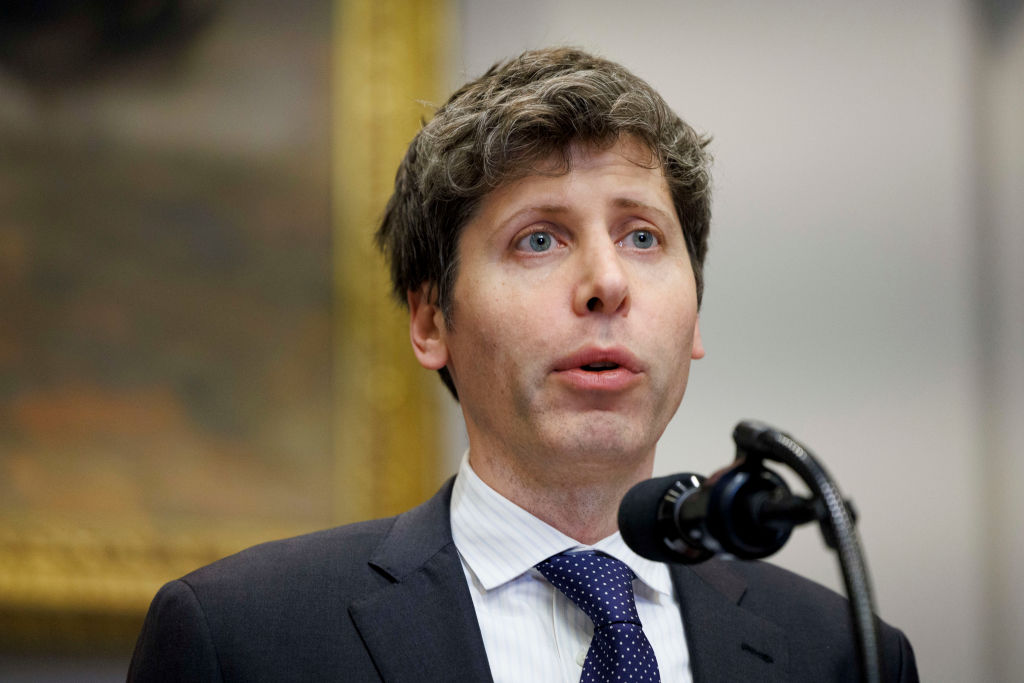OpenAI says over 1,000,000 weekly chats with ChatGPT involve suicide related topics. This article explains ChatGPT suicide prevention features, the need for E E A T and transparency, and practical safety recommendations for businesses and clinicians using AI mental health chatbots.

OpenAI told TechCrunch that more than 1,000,000 people each week raise suicide related topics with ChatGPT. That scale shows conversational AI is now a mainstream resource for people seeking emotional support. This trend raises urgent questions about how AI mental health chatbots should detect crisis, refer users to human help, and operate with clear limits.
People often seek immediate help online. An AI emotional support chatbot can provide 24/7 access and anonymity, expanding reach to people who might not contact a clinician. At the same time, AI cannot replace trained clinical care. For YMYL mental health content, search engines prioritize E E A T signals and helpful content update alignment, so accuracy, transparency, and expert oversight are essential.
For organizations deploying conversational AI in customer support, health apps, or social platforms, expect these systems to encounter people in distress. Legal and reputational exposure increases if safety is treated as optional. The presence of crisis related conversations means operational responsibilities must include robust detection, logging, monitoring, and clear escalation to human teams.
When publishing about AI and suicide prevention, apply E E A T principles. Cite authoritative sources, include expert voices, and link users to crisis resources where relevant. Use semantic keywords such as AI mental health chatbot, ChatGPT suicide prevention, AI chatbot crisis support, ethical AI in mental health, and self harm detection AI to improve discoverability while keeping content evidence based and user focused.
OpenAI's disclosure that over a million weekly chats include suicide related topics is a call to action. Conversational AI can expand access to immediate support, but that reach brings duty. The next phase of automation in mental health should be guided by careful collaboration between AI developers, clinicians, crisis providers, and regulators to ensure safety, transparency, and measurable outcomes.



